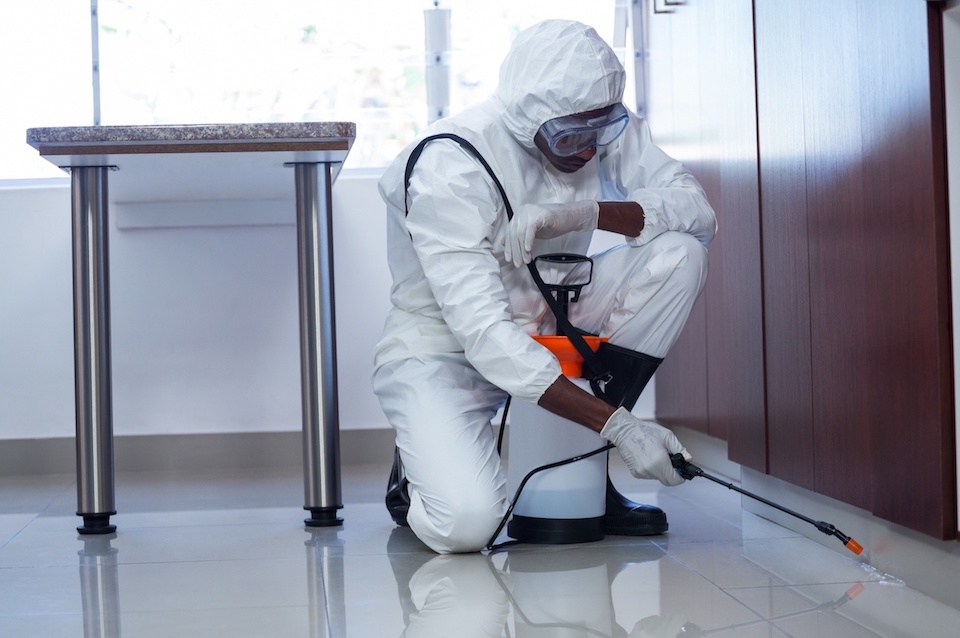Purchasing a new home is a significant investment, and ensuring the property is free from pests is crucial to protecting that investment. A thorough timber pest inspection for new home buyers by a qualified pest inspector can save you from potential headaches and costly repairs in the future.
Let’s walk you through the steps to ensure a comprehensive house timber pest inspection, helping you make an informed decision before finalising your home purchase.
Why a Timber Pest Inspection is Crucial for New Home Buyers
A timber pest inspection is an essential step in the home-buying process. It helps identify any existing pest infestations or damage. According to a study, pest damage can significantly affect a property’s structural integrity and value.
Engaging a professional pest inspector ensures that you are aware of any issues before they become serious problems.
Choosing the Right Pest Inspector
Selecting a qualified pest inspector is the first step to ensuring a thorough house pest inspection. Look for inspectors who are licensed and have extensive experience in the industry. Ask about tool they are going to use, the more tools your inspector has the better opportunity they have to detect timber pests.
Do not rely on referrals from Real Estate agents, they have a vested interest in selling the house not necessarily recommending the most thorough inspector, this in turn can also fall back across to conveyancers who may not get referrals from real estate agents if they are using the more diligent inspectors.
What to Expect During a Timber Pest Inspection For New Home Buyers
A comprehensive timber pest inspection involves a detailed examination of the property, both inside and out. Here are the key areas a pest inspector will focus on:
Exterior Inspection
- Foundation: Inspecting for signs of termite activity, such as mud tubes or damaged wood.
- Landscaping: Assessing plants and soil for pest activity and potential conducive conditions.
Interior Inspection
- Sub floor: Looking for moisture issues and signs of termites, borers, and decay.
- Walls and Ceilings: Identifying damage indicative of pests.
Common Pests to Watch Out For
Different regions in Australia are prone to various pests. Here are some common pests that a pest inspector will look for:
- Termites: Responsible for significant structural damage, especially in wooden homes.
- Borers: Can cause structural damage to flooring and sometimes structural timbers.
- Timber Decay: Decay will either be still decaying meaning there is a moisture issue or decayed meaning there has been a moisture issue but has stopped.
Post-Inspection Report
After the inspection, the pest inspector will provide a detailed report outlining any findings. This report should include:
- Identified Pests: A list of any pests found during the inspection.
- Damage Assessment: Description of any visible damage caused by pests.
- Recommendations: Suggested treatments or preventive measures to address any issues.
Preventive Measures and Treatments
If pests are found, it’s crucial to address the problem promptly. Here are some common treatments and preventive measures:
- Chemical Treatments: Using pesticides to eliminate pests.
- Physical Barriers: Installing barriers to prevent termite entry.
- Regular Inspections: Scheduling annual pest inspections to catch issues early.
Costs Involved
The cost of a pest inspection varies depending on the property’s size and location. On average, a comprehensive house pest inspection in Australia ranges from $200 to $700, not including a building report. While this might seem like an additional expense, it is a worthwhile investment to avoid the higher costs of pest damage repairs.
Tips for New Home Buyers
- Schedule an Inspection Early: Arrange for a pest inspection as soon as you find a property you’re interested in.
- Be Present at the end of the inspection if the inspector allows:: Being present allows you to ask questions and gain a better understanding of any issues.
- Review the Report Thoroughly: Ensure you understand the findings and recommendations in the pest inspector‘s report.
- Negotiate with the Seller: Use the inspection report to negotiate repairs or a lower purchase price if pests are found.
Ensuring a Safe and Secure Home
A thorough pest inspection is a critical step in the home-buying process. By engaging a professional pest inspector, you can uncover potential problems and address them before they escalate. This proactive approach not only protects your investment but also ensures a safe and comfortable living environment.
For peace of mind when purchasing your new home, contact Bugs Or Us Pest Control for a comprehensive timber pest inspection. Our experienced pest inspectors use the latest technology to ensure your property is pest-free. Visit our website to book your inspection today.

